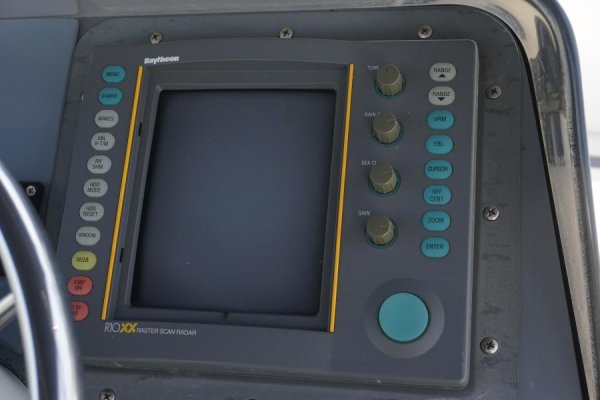toocoys
Scraping Paint
I'm going to preface this so that you all understand my circumstances. First, cruising offshore is basically never going to happen. Second, we have no lower helm, so I'm ALWAYS at the very top of the boat driving. Third, we have no auto pilot, so I'm ALWAYS at the wheel. Fourth, I cannot foresee any circumstances where I would need radar, because I've never needed it in the past. and thus never learned how to use it.
With that said, I have this antiquated radar on board. It works, but it just sits there. I don't even understand how to read it. I'm thinking about pulling it out and looking into installing a wired camera monitor for engine room monitoring.
I don't want to remove something though, that may be useful if we ever decide to take the ditch down to Corpus or something.
Thooughts?
With that said, I have this antiquated radar on board. It works, but it just sits there. I don't even understand how to read it. I'm thinking about pulling it out and looking into installing a wired camera monitor for engine room monitoring.
I don't want to remove something though, that may be useful if we ever decide to take the ditch down to Corpus or something.
Thooughts?

